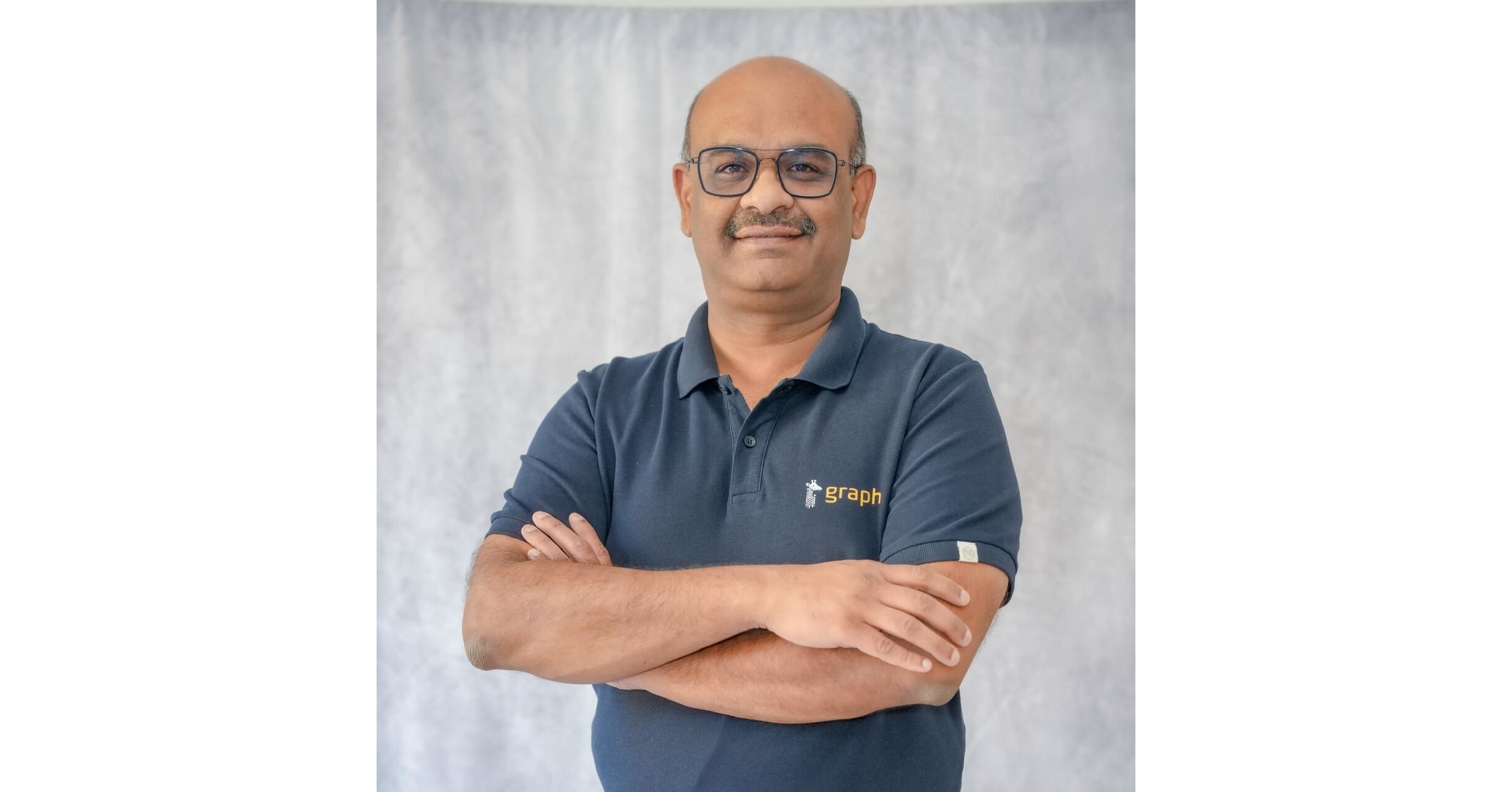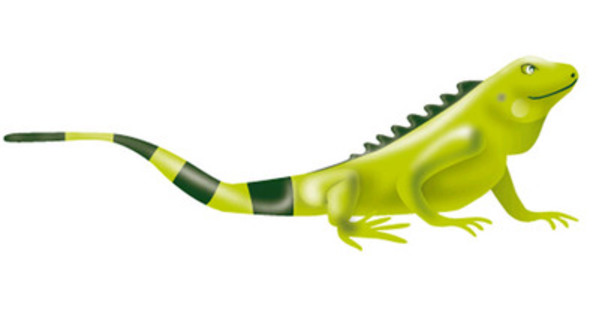Agriculture is more than food production — it’s a vital connection between people, policy and technology whose story and its human connections have been told through millennia-old cave paintings around the globe and through nearly every modern communication medium since.
At the University of Georgia, researchers Alexa Lamm and Kevan Lamm explore this intersection through agricultural leadership, education and communication. In a way, both Lamms are dedicated to the evolution of that communication.
“There is the food system, which we all know. But on top of that food system is this human dimension,” said Kevan, an associate professor in UGA’s College of Agricultural and Environmental Sciences.
Cultivating connection
The power duo specializes in weaving worlds together through effective communication, and since 2018 their home base has been UGA’s Department of Agricultural Leadership, Education and Communication.
Kevan describes their work as bridging the gap between production agriculture and the consumers, policymakers and industries that rely on it.
“We sit at the interface between production agriculture, consumers and policymakers — we care about them all and want to help them make informed, science-based decisions,” he said.
Alexa Lamm, a professor and head of the Lamm Science Communication Lab, focuses on how individuals and communities engage with critical agricultural and environmental issues.
“Food connects us all — we all consume it every day so decisions about food are deeply personal,” she said.
After earning an animal science degree at Colorado State University — and meeting Kevan through the Block and Bridle Club — she pursued a master’s degree in extension education before spending nearly a decade as a county extension agent, working directly with agricultural producers.
Originally from Colorado, Kevan was born with a mix of academia and ranching in his DNA — his father was an extension administrator and animal science professor.
Kevan earned a bachelor’s degree in engineering, but his agricultural roots kept calling him back, which ultimately led to him pursuing a doctorate in agricultural leadership development.
At home, the couple managed a Simmental cattle ranch near Denver, Colorado.
“I was a project manager by day and a rancher by night,” Kevan said of his years working for a Fortune 500 company. He has since added Extension specialist to his titles of associate professor and researcher at UGA.
Both Lamms emphasize that real-world experience — on their ranch, in the county extension world and with corporate business — played a vital role before committing to doctoral work and academia.
In 2008, the couple moved to Florida where they both pursued doctoral degrees before being recruited for their current roles at UGA.
Advancing agricultural science communication
The rapid expansion of digital media has heightened the need for effective science communication. Alexa’s research examines how to convey complex agricultural topics to diverse audiences with limited attention spans.
“We’re not just screaming into the void anymore with one message that anyone between 8 years old and 80 years old is going to see,” she said. “We can target our messages and be more strategic than ever before.”
Her research hub probes deeply into how individuals, groups and communities think about critical issues related to agriculture and environmental sciences.
The experiments and consumer analyses conducted on any given day cover a wide scope of topics, from water quality, plastic use and climate variability to food security, food safety and pest management.
Alexa said her daily motivation is the real-world changes that can save individual lives and help people improve their health and well-being.
“If a few more people don’t go hungry because they have access to food, if a few more people live a longer life,” Alexa said, “that’s good enough. Helping one person is enough.”
Her career accomplishments indicate she has done that many times over, and on a macro level. She has published more than 250 peer-reviewed articles and has attracted more than $70 million in contracts and grants for research.
Partners in science
While they pursue individual research projects, Kevan and Alexa have the opportunity to work together on interdisciplinary research, Extension and teaching projects where they each bring their unique perspectives to the human dimension lens.
For example, both Lamms have played a central role in the Real Pork Trust Consortium since it launched in 2023. The evolving research and communications effort leverages the expertise of five universities and the National Pork Board to understand consumer questions, concerns and perceptions.
The Lamms are also working together on a U.S. Department of Agriculture-funded grant project that involves a web of biologists, economists and plant growers at commercial greenhouses and nurseries.
The team is testing alternatives to peat for growing plants, while gauging market interest and adoption of alternatives around the world.
One crux of the issue is that peat — a popular ingredient in soil mixes — is becoming more expensive to harvest and difficult to import. So far, promising domestic replacements might include shredded wood or coconut coir with diverse layered substrates.
The Lamms are coordinating the communication between the scientists, private growers and sellers and other parties, including economists and extension offices involved in the project.
Along the way, the work has garnered interest from unexpected sources, thanks to open and effective communication about the compelling research.
“Two of our scientists have already been approached by NASA to grow food on the space station,” Alexa said. “That’s what can happen when we share our story and what we’re doing.”
Gaming the system for future problem solvers
Kevan describes much of his work as translating between groups that need to understand each other.
One of the latest USDA-funded projects they are working on together explores the breadth of creative possibilities in the field of education. The concept introduces students to systems thinking via a gamified choose-your-own-adventure teaching model.
Kevan is principal investigator for the project, meant to integrate systems thinking into the classroom in partnership with North Carolina State University, the University of Minnesota and North Carolina A&T. They have already launched a pilot version of the tool in undergraduate classrooms at UGA, with the goal of challenging simple cause-and-effect models.
Through trial and error, students encounter more nuanced problem solving that evaluates downstream effects or unintended consequences in agricultural production and distribution networks.
“We see our mandate as helping others be able to make informed decisions,” he said.
Leading with storytelling
Through the integration of leadership development and communications, Kevan and Alexa help individuals in agricultural spaces better tell their stories. They see it as a crucial element in both corporate and political landscapes today, where lived human experience can move and inspire decision makers.
Their work underscores the importance of connecting science with society to address pressing global challenges and their partnership has been integral to their career success.
“I don’t think either of us would be where we are without the other,” Alexa said. “When we get stuck, we always have that person who understands.”
By advancing communication strategies, sustainability initiatives and leadership training, the Lamms contribute to a more informed and resilient agricultural sector.
“While we bring different expertise from the leadership and communications perspectives, the two complement and strengthen one another,” Kevan said. “One of the best parts of our jobs is the ability to bring this combined expertise to the teams we work on with the goal of making a more safe, reliable and resilient food system.”





